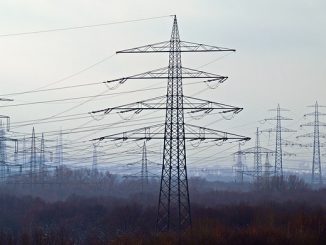
The case of electrical distribution networks is very significant of the matter. Until today, they are organized hierarchically for transmitting electricity from large power plants to consumption places. They were logically operated centrally.
Centralized control and monitoring systems are “connected” to the main sub-stations, to production units and feeders. This represents an important but reasonable number of data collection points.
Several major transformations of electrical networks are upsetting this fact:
– The proliferation of distributed generators, injecting electricity at any network location
– The need to balance the load in a more uncertain environment, with more variability parameters
– The need to support consumers towards more rational use of energy
The data acquisition points needed to operate and control the network are multiplying: smart meters, distributed generators … Thus centralized control systems become more complex, more fragile, heavier, more expensive, more vulnerable to external intrusions.
Can the current architecture of the control systems remain unchanged and survive these major upheavals or do we have to consider major changes?
We observe two trends to answer that question.
The first pushes an enrichment of the current systems and continues to rely on centralized control systems. Intellectually, this approach allows for a more gradual change and avoids considering a rupture, always source of anxiety.
It also has the advantage of letting network operators the possibility (or illusion) of a total control of their network.
Under many aspects, this first trend is driven by a defensive approach.
The second trend is to introduce a rupture. If the transmission systems are not intended to be impacted heavily, distribution systems must be architected and operated differently. The control systems are designed so as “services centres”, a service being a more or less intelligent automation routine, adaptable according to information available. These services, for obvious safety reasons, are defined and controlled by the network or system operator.
Each micro-producer, each storage agent, each consumer unit must subscribe to these services while having a minimal local intelligence.
According to that trend, the centralized logic gradually and partially give way to a transactional logic.
This architecture has better resilience because an incident on network control systems do not necessarily affect the entire network, better security for the same reason and especially greater scalability.
From my point of view, this second trend can only prevail in the medium term. It puts pressure on network operators because it could impact heavily on how to exercise their responsibilities. It opens the door to local evolutions in the chain of actors managing energy balances and energy systems.
As with all changes, resist over time leads to more painful situations than simply accompany the movement to master it. Here lies one of the most important human, organizational and technical issues for electrical network operators and, more broadly, energy systems managers.




Leave a Reply